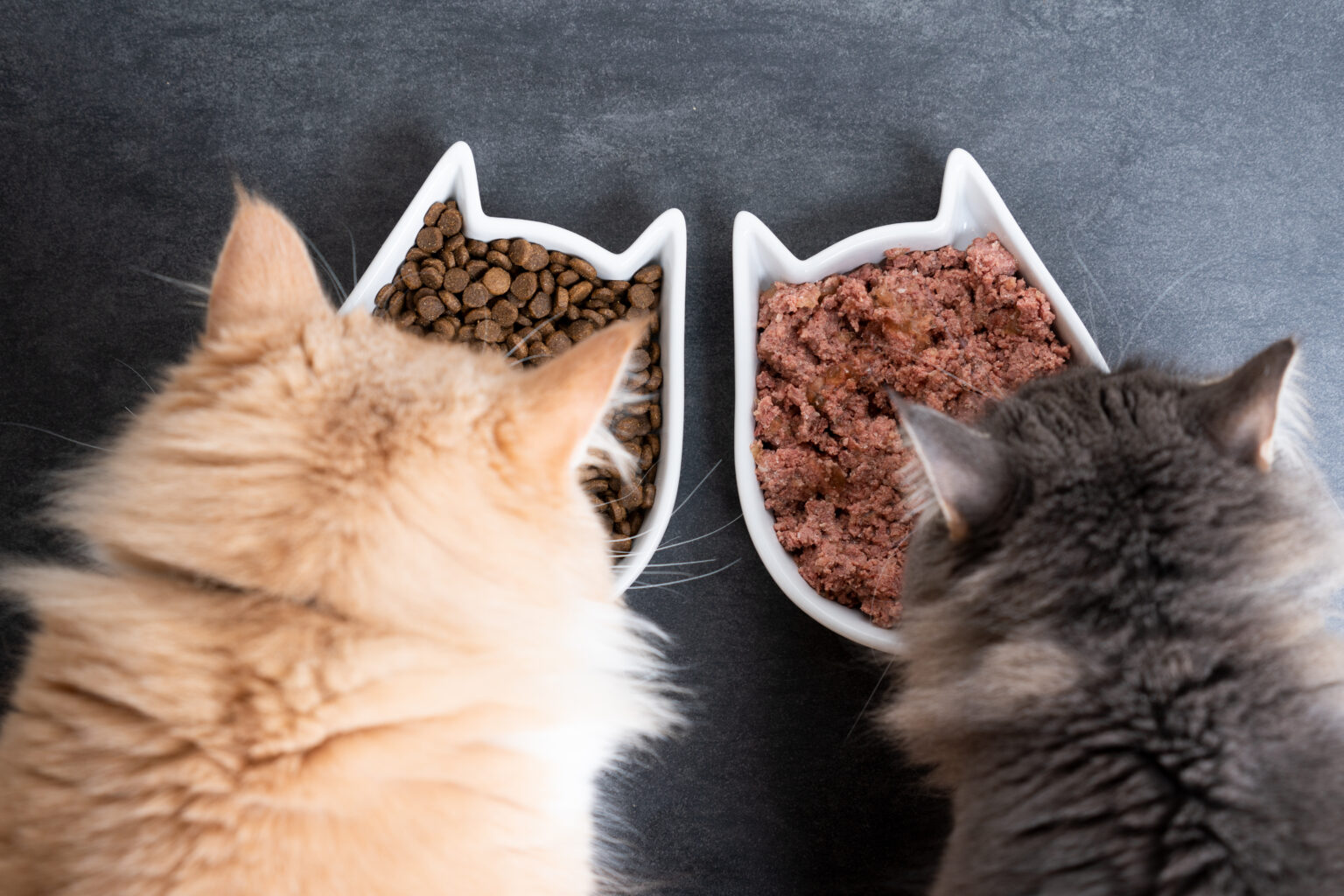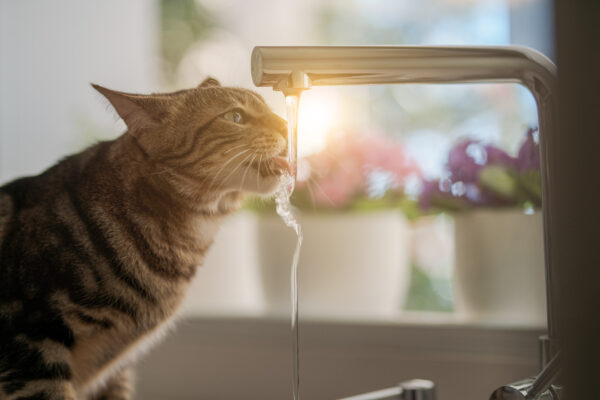In the pet world, the term ‘mixed feeding’ refers to giving your pet a combination of different types of food instead of sticking to one. More often than not, it’s about mixing both dry and wet food. But is this safe to do? And are there any benefits to doing this? Let’s delve into the details to find out.
The basics of mixed feeding
There are different ways of approaching mixed feeding. So you may mix dry and wet food as a single meal or alternate between kibble and wet food depending on the day or mealtime. There are also different ways of mixing dry and wet food. For example, you could mix them at a 50:50 ratio or use dry food as the base of your pet’s meal with a small amount of wet food as a ‘topper’.
As for whether it’s safe to mix-feed your dog or cat – the short answer is yes! But we need to be conscious of portion control, as feeding your pet too many calories or too much of a specific nutrient could be harmful in the long term.
Advantages of mixed feeding
One of the main reasons pet owners give mixed feeding a try is the myriad of benefits it offers. Let’s have a look.
It adds variety to your pet’s diet: Mixing your pet’s diet up is an easy way of adding more flavour and texture to their meals. So not only do they get exposed to new ingredients and cooking methods, but for pets who no longer show much interest in their food, it can help reignite that excitement for mealtime. More on this below.
It offers extra hydration: Dry food is typically more popular than wet food because it’s practical, convenient and very often a complete meal in itself. However, dry food contains very little water (about 10-20% compared to up to 80% in wet foods), so adding wet food to your pet’s diet will help give them that extra bit of hydration. This can be particularly beneficial for cats, who have a low thirst drive by nature and need proper hydration for kidney health, especially as they get older.
It helps with fussy eating: If your pet has started turning up their nose at their food, it may be that they’ve grown bored of it, but this isn’t always the case, as food refusal can naturally occur with age, when pets can lose their appetite, have sore gums or develop sensitivities. Wet food is known to help in these cases as it’s easier to chew and digest, and the meaty texture and aroma can make it more appetising to pets. And what a joy it is to find a bowl licked clean after days and days of indifference!
It gives additional health benefits: Combining wet and dry food gives your pet the best of both worlds. The hard surface of kibble is great for reducing plaque and tartar on your pet’s teeth, so there is that dental benefit. It’s also economical and stays fresh longer. On the other hand, wet food comes in many different forms, whether it’s chunks, pates or soups, and the high water content makes it more digestible. Wet food can be more expensive than dry food, so using it as a topper gives your pet that desired variety without exploding the budget.
Getting started
Getting mixed feeding right is all about doing it safely. But once you’ve worked out the portion ratio, it becomes second nature. Here are some useful pointers on getting it right.
Consult with your vet: Anytime you’re making a change to your pet’s diet, we recommend speaking to your vet first – not only for peace of mind, but because they may suggest a specific brand or, in the case of mixed feeding, help you figure out the dry to wet food ratio. This is even more important if your pet has a health condition.
Follow the feeding instructions: This goes back to portion control. It’s essential to read and follow the feeding guidelines of your product so you don’t feed your pet too many calories. If your pet is underweight and you’re looking to add more calories to their diet, work with your vet so they can create a plan for you.
Explore your favourite brand: If your pet is doing well on their current food, why not explore what other types of food the same brand can offer? This makes even more sense when your pet’s food is designed to treat a health condition (known as a ‘prescription’, ‘therapeutic’ or ‘veterinary’ diet).
Introduce the new food gradually: This is essential when switching to a new pet food. Mix a little bit of the new food with their food and gradually increase the amount of new food you add every couple of days until you’ve completely phased out the old one. This gives your pet’s digestive system a chance to adapt to the change and avoid a strong adverse reaction.
Ready to start your mixed feeding journey? Check out our fantastic range of dry and wet dog food or dry and wet cat food, where you’ll find something to suit every life stage, breed and taste!



